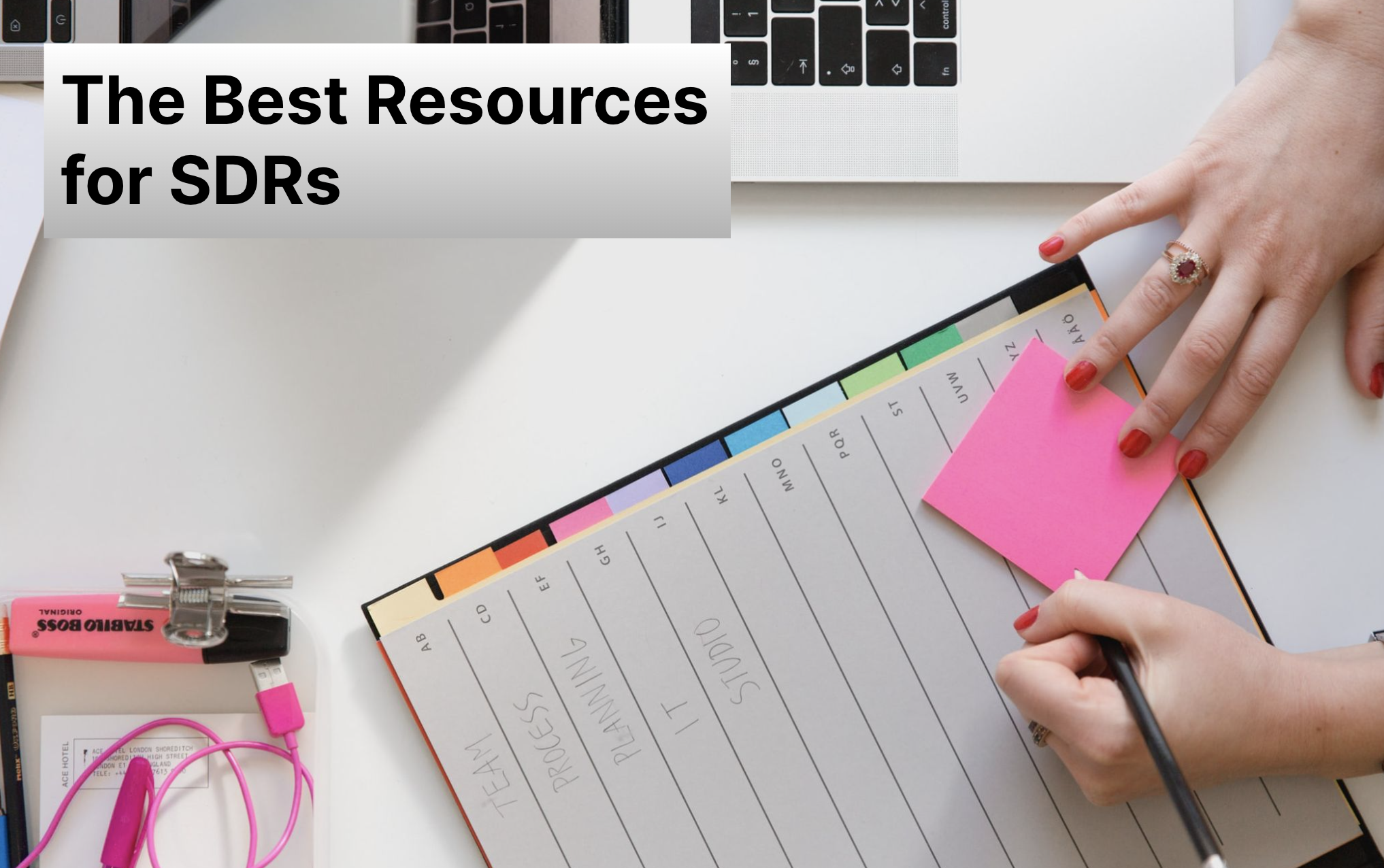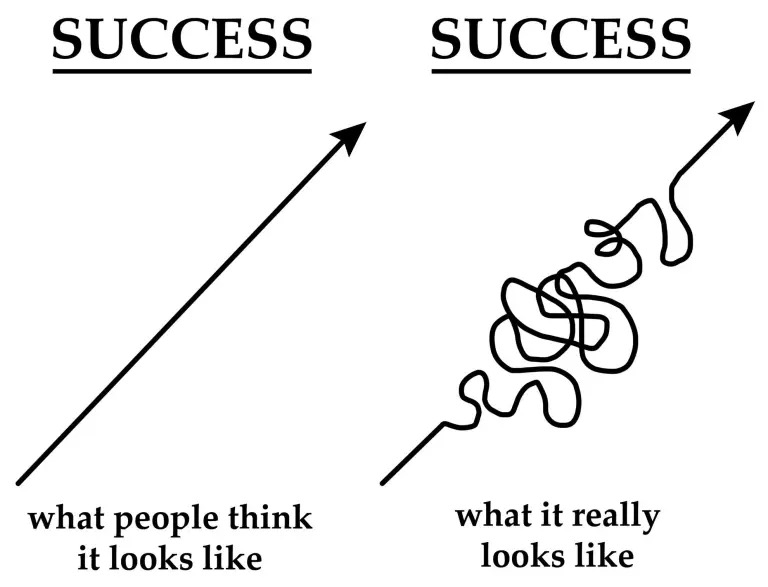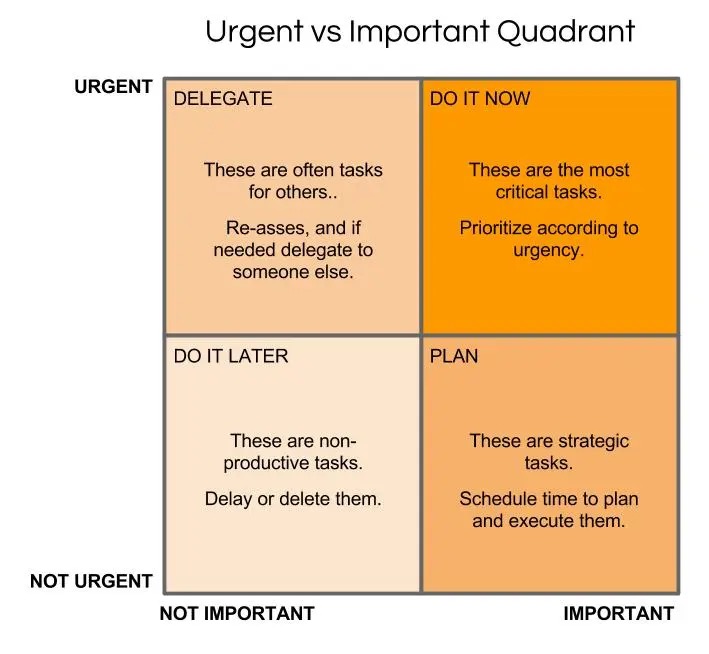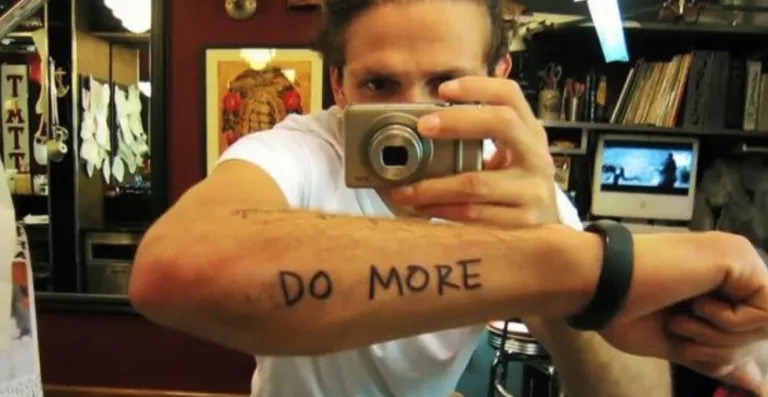The Best Resources for SDRs
Resources come in different shapes and sizes. Successful SDRs find and use their mind, time, and communication to win.

{This piece was originally an answer to a question on Quora. See it here.}
Resources come in different shapes and sizes. Successful sales development representatives (SDRs) find and use the resources around and within them. Three killer resources are your mind, time, and communication. I’ll throw in a few bonus resources, too.
Let’s assume a question about “the best resources for SDRs” means it’s for SDRs who want to win. That said, consider the formula for producing high-quality work, as explained by Cal Newport in his book, Deep Work:
High-Quality Work Produced = (Time Spent) x (Intensity of Focus)
Intensity of focus is 100% mental. So, to produce high-quality work, the first resource is your mind.
Decide to succeed in sales development. Obstacles will seem smaller because you’re so focused on outcomes, the endgame, and producing high-quality work. You’re not thinking about the big toe on your left foot….until right now. That’s how fast you can shift your focus.
Find your flow state. Flow comes from being present. It’s similar to Olympic runner, Billy Mills, recalling his gold medal performance: “Coming off the final curve, I could not hear any noise at all.”
The late Dr. Stephen Covey said, “Your most important work is ahead of you, never behind you.” You must begin with the end in mind. Know where you’re headed or who you’re aspiring to become. Get clear. Get your mind right. It’s your finest resource.

The second resource is time. Yes, everyone gets the same 24 hours a day. Pay attention to what you get done in that window vs. what you do.
You can spend time or invest time. Your choice. Discern what is urgent vs. what is important. Reconcile tasks against your desired outcomes, then address them in priority order.

There’s a tattoo on filmmaker Casey Neistat’s arm that says DO MORE. Casey contributes to society by optimizing time with his family, work, and his craft. In his short film, “Fat and Lazy,” Casey shows how he compartmentalizes his day. There is time slated for sleep, free time, work, exercise, family, and fun.

The same applies to SDRs. Whether you are blocking out time for sacred prospecting, account research, internal meetings, lead follow-up and qualification, networking, or otherwise, let each area earn its right onto your calendar.
For years, I’ve referenced Brendon Burchard’s 1-Page Productivity Planner. (Click on that link to download it for free.) It is driven by projects, people, and priorities.
On one page, SDRs can easily summarize what matters most in these areas.
- What are your top three projects right now? Beneath each project, list five big things you must do to move the project forward.
- List the people you must reach out to today, no matter what. Then list the people that must hear from you today, no matter what.
- List the priorities and tasks that must be accomplished today. DO those things BEFORE getting trapped in your inbox and other people’s agendas.
There are countless techniques to harness and wrangle time. Read the productivity works of James Clear, who authored Atomic Habits. Study lessons from Brian Tracy, especially those in his bestseller, Eat That Frog. Own your calendar before it owns you.
The best SDRs use time wisely, knowing it’s among their most precious resources. Remember, time spent, multiplied by intensity of focus, yields high-quality work. Use your mind and time to win as an SDR.
Finally, the third resource is communication. Write, speak, and listen well. Mastering those skills will elevate your career.
The late playwright, Bernard Shaw said it simply, “The greatest problem in communication is the illusion that it has taken place.”
This doesn’t mean you have to complicate things. Effective business emails are often 3–5 sentences long. My favorite TED Talk, on “How to Start a Movement,” is less than 6 minutes.
The point is to communicate with consistency, specificity, and clarity to your key stakeholders. Once a week, the best SDRs send an update to the account executives (AEs) they support. The updates include weekly goals, activities, and results; and/or challenges and asks.
Regular communication drives alignment and interlock. It’s critical that SDRs have brief one-on-one (1×1) meetings each week with their AEs.
Weekly 1x1s can cover “pre-mortems” (plans made prior to important SDR-prospect calls) or debriefs (“post-mortems” on how the call went, what went well, or what could have gone better).
An example of questions SDRs and AEs might address in the pre-mortem stage:
- What company is meeting with us? (Inbound: How did they learn about us? Outbound: How did we get them to meet with us?)
- What is current news about the company that’s relevant to our meeting? Where did we find information, insights, and intelligence about the company? On their website? On LinkedIn? In a 10-K Form? How can we leverage that information on the call?
- Who are the most important people in the company? How can we speak to them? Who do we know that already knows them? Who else works with those important people? Have we seen those important people in the news or speaking on a panel (at an event or on YouTube)?
- Where are they in their fiscal year? (If public: How are their earnings to-date?) How well have they done against their quarterly revenue targets? What are their top corporate initiatives?
Look, talking about weekly updates and 1x1s is just scratching the surface. When it comes to SDRs communicating, it runs the gamut.
SDRs must have phone conversations, leave voicemails, zero-out and speak with gatekeepers, attend or work events, write thank you notes, speak in public (at a team meeting, or on a webinar or podcast, or a panel discussion), ask a question as an audience member, or kick-off a discovery call for their AE.
SDRs must host brown bag sessions with and for their peers, practice their pitch and objection handling in front of senior leaders, accept awards at their company or team all-hands meetings (and say a quick thank you speech), or propose a toast at team lunches and dinners.
SDRs are responsible for executing several “touches” (i.e. phone, email, or social media outreach efforts) against leads and target accounts. Each touch requires acumen, knowledge, passion, tact, and a desire to repeatedly attract opportunities.
How can you NOT get great at communicating, or NOT sharpen your communication skills? It is imperative for success in your career.
Want to write better? Study the art. Everything is copy. Aside from taking a MasterClass from Malcolm Gladwell (“Be patient enough to find the ideas”), James Patterson (“That’s a pretty cool first line, actually”), or Judy Blume(“There’s nothing more important than character”), read books about writing:
- On Writing Well by William Zinsser
- Writing That Works by Kenneth Roman and Joel Raphaelson
- On Writing by Stephen King
We’ll stop there. Sure, we can explore ways to improve your speaking and listening skills, but you get the point.
The best resources for sales development representatives are the mind (and mindset), time, and communication.
As promised, here are some bonus resources to check out. They are chock-full of goodness, value, and relevant content. SDR resources are everywhere. Seek and you shall find, my friends.
Some Books for SDRs
The Sales Development Playbook by Trish Bertuzzi
Fanatical Prospecting by Jeb Blount
Predictable Revenue by Aaron Ross and Marylou Tyler
GAP Selling by Keenan
Little Red Book of Selling by Jeffrey Gitomer
(More recommended reads for you to consider.)
Some Podcasts for SDRs
“The Brutal Truth About Sales and Selling” with Brian G. Burns
“Hey Salespeople” with Jeremey Donovan
“The Sales Development Podcast” with David Dulany
“The SDR Chronicles” with Morgan J. Ingram
“Sales Secrets” with Gabe Larsen
“Next Generation Rockstars” with Amanda Hammett
Some Groups and Associations for SDRs
AA-ISP. Don’t let the word “American” fool you. The American Association of Inside Sales Professionals is an international association dedicated exclusively to advancing the profession of Inside Sales.
SDR Nation. An exclusive, membership-based community for SDRs, powered by world class SDR coaches.
Modern Sales Pros. The largest, US-based peer education community for sales operations, enablement, and leadership.
Inside Sales Experts. A discussion group comprised of ~60k members. It’s a forum on LinkedIn used to share ideas and information about inside sales and sales development.
Some Blogs for SDRs
The Make It Happen Blog by John Barrows
The Score More Sales Blog by Lori Richardson
Go! Get to work. Impact lives, make a difference, and represent the sales development profession well.